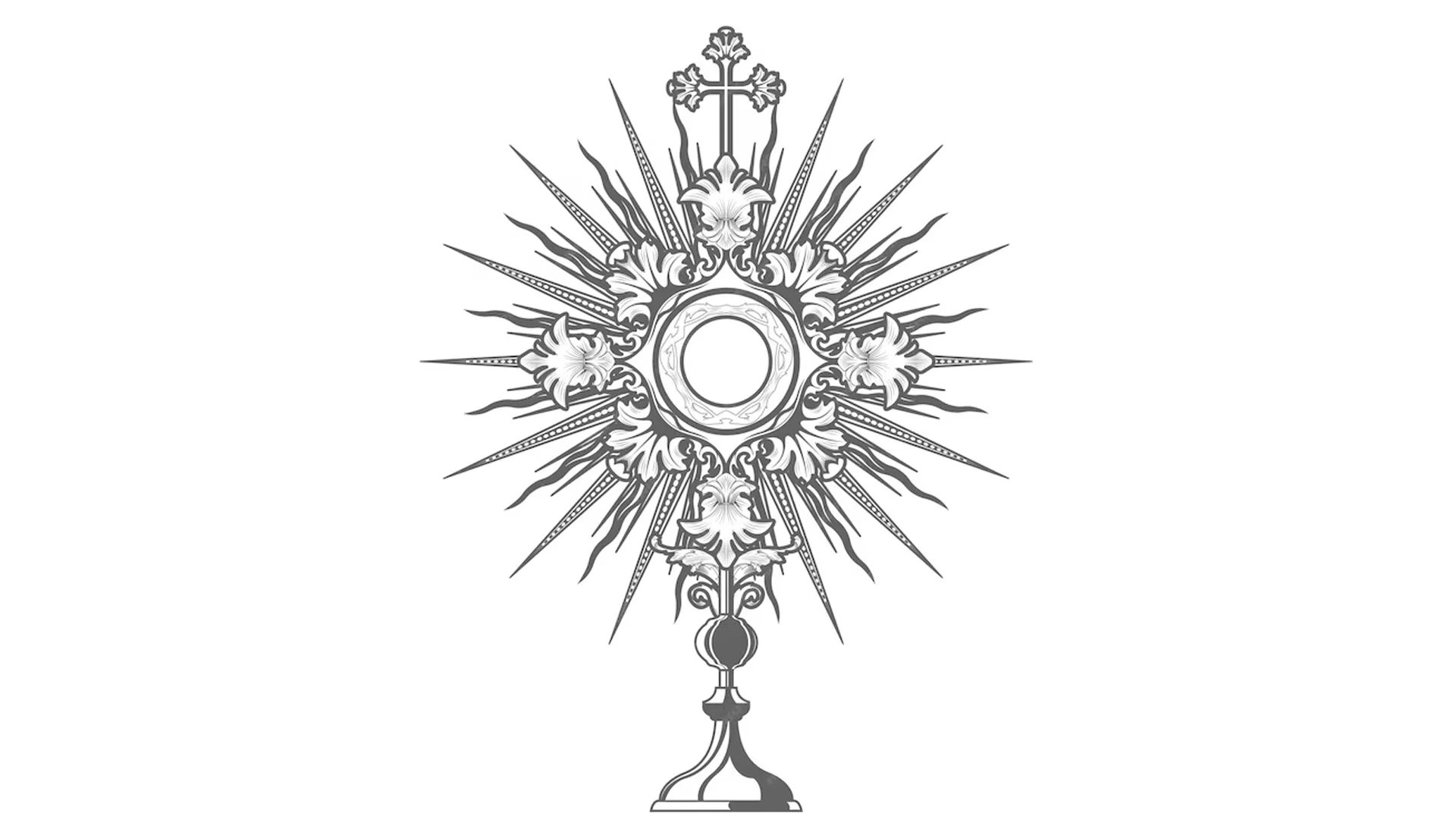The Ostensorium, commonly known as the monstrance, plays a vital role in the liturgical practices of the Catholic Church and other Christian denominations. This intricate vessel serves as a focal point for devotion, particularly in the context of the Eucharist. In this article, we will explore the significance, design, and various uses of the ostensorium, while also addressing some frequently asked questions to enhance your understanding of this sacred object.
TRENDING
Experience Luxury With Parfû: Where Scent Meets Style
What Is An Ostensorium Monstrance?
An ostensorium, or monstrance, is a sacred vessel used in Christian liturgy to display the consecrated Eucharistic host. Derived from the Latin word “ostendere,” meaning “to show,” the ostensorium serves as a visual representation of the presence of Christ in the Eucharist. Its primary purpose is to facilitate adoration and worship, inviting the faithful to engage in profound moments of prayer and reflection.
Historical Background
The tradition of using a monstrance can be traced back to the Middle Ages when the practice of Eucharistic adoration began to gain prominence. The ostensorium was designed to allow the congregation to view the host during these periods of devotion. Over the centuries, the design of the monstrance has evolved, with artisans creating ornate and beautiful pieces that reflect the importance of the sacrament.
The Significance Of The Ostensorium Monstrance
Spiritual Importance
The ostensorium is not just a physical object; it holds deep spiritual significance for many Christians. The act of adoration before the Eucharist is seen as a means of encountering Christ directly. The host, believed to be the body of Christ, is central to Catholic belief, making the ostensorium a powerful symbol of faith and devotion.
Community Engagement
During liturgical celebrations, the ostensorium serves as a focal point that brings the community together. The collective act of adoration fosters a sense of unity and shared faith among congregants, reinforcing the importance of community in religious practice.
Teaching and Instruction
The ostensorium also serves an educational purpose. By visually presenting the Eucharistic host, it teaches believers about the significance of the sacrament, deepening their understanding of Catholic doctrine and practices related to the Eucharist.
Design Of The Ostensorium Monstrance
Common Features
Ostensoriums vary in design, but they often share several common features:
- Radiating Sunburst: Many monstrances are designed with a sunburst motif, symbolizing the light of Christ. This feature often extends outward from the center where the host is displayed.
- Glass or Crystal Center: The central part of the ostensorium typically includes a glass or crystal enclosure that holds the host, allowing it to be viewed from all angles.
- Ornate Decorations: Many ostensoriums are elaborately decorated with precious metals, jewels, and intricate designs, reflecting the reverence accorded to the Eucharist.
- Base and Support: A sturdy base is essential for stability, often featuring artistic elements that match the overall aesthetic of the piece.
Cultural Variations
Different cultures and traditions have influenced the design of ostensoriums. For example:
- Baroque Style: In regions influenced by Baroque art, ostensoriums are often grand and elaborate, featuring extensive ornamentation.
- Gothic Influences: In Gothic designs, ostensoriums might incorporate pointed arches and intricate stonework, echoing the architectural style of the time.
- Modern Interpretations: Contemporary designs may embrace minimalism, with cleaner lines and less ornamentation while still maintaining the essential function and symbolism.
Uses Of The Ostensorium Monstrance
Eucharistic Adoration
The primary use of the ostensorium is during Eucharistic adoration. This sacred practice allows the faithful to spend time in prayer and reflection before the exposed host. It is often conducted during special liturgical events, such as feast days or during the season of Lent.
Processions
Ostensoriums are frequently used in processions, where the Eucharist is carried through the congregation. This practice serves as a visual affirmation of faith and the belief in the real presence of Christ in the Eucharist. During these processions, the ostensorium is often elevated, inviting the faithful to bow in reverence.
Benediction
Benediction is a liturgical service that includes the blessing of the congregation with the Eucharist displayed in the ostensorium. This ritual involves the priest or deacon holding the ostensorium high while the congregation kneels in worship, enhancing the communal aspect of the devotion.
Educational Events
The ostensorium can also be used in educational settings, such as catechetical sessions, to teach about the significance of the Eucharist. By providing a visual and tangible experience, it helps individuals better grasp the theological underpinnings of this sacrament.
Theological Insights On The Ostensorium Monstrance
The Real Presence of Christ
Central to the understanding of the ostensorium is the doctrine of the Real Presence. This teaching asserts that Jesus Christ is truly present—body, blood, soul, and divinity—in the Eucharist. The ostensorium serves as a powerful reminder of this belief, inviting worship and adoration from the faithful.
The Role of the Laity
The use of the ostensorium emphasizes the active role of the laity in worship. Through adoration, the faithful participate in a personal encounter with Christ, deepening their relationship with Him and fostering spiritual growth.
The Call to Holiness
Adoring the Eucharist in the presence of the ostensorium is also a call to holiness. It inspires individuals to live out their faith in daily life, seeking to embody the love and sacrifice of Christ in their actions.
Conclusion
The ostensorium, or monstrance, is much more than a vessel; it is a profound symbol of faith, community, and the divine presence of Christ in the Eucharist. Through its intricate design and various liturgical uses, it invites believers to engage in worship, deepen their understanding of the sacraments, and foster a sense of unity within the Church. As such, the ostensorium remains a cherished element of Christian liturgical practice, bridging the sacred and the communal in the life of faith.
ALSO READ: FintechZoom IBM Stock Analysis: Key Insights For Investors
FAQs
What is an ostensorium monstrance?
An ostensorium, or monstrance, is a sacred vessel used in Christian liturgy to display the consecrated Eucharistic host, facilitating adoration and worship.
How does the ostensorium enhance Eucharistic adoration?
The ostensorium provides a visual focus for worship, allowing the faithful to engage more deeply with the presence of Christ in the Eucharist during adoration.
What materials are commonly used in the design of ostensoriums?
Ostensoriums are often crafted from precious metals like gold or silver, and may feature glass or crystal enclosures, along with intricate decorations using jewels.
Can the ostensorium be used outside of church services?
Yes, the ostensorium can be utilized in educational settings or during special events to teach about the significance of the Eucharist and its role in Christian faith.
What is the significance of the radiating sunburst design in ostensoriums?
The radiating sunburst symbolizes the light of Christ, representing His divine presence and the transformative power of the Eucharist in the lives of believers.











